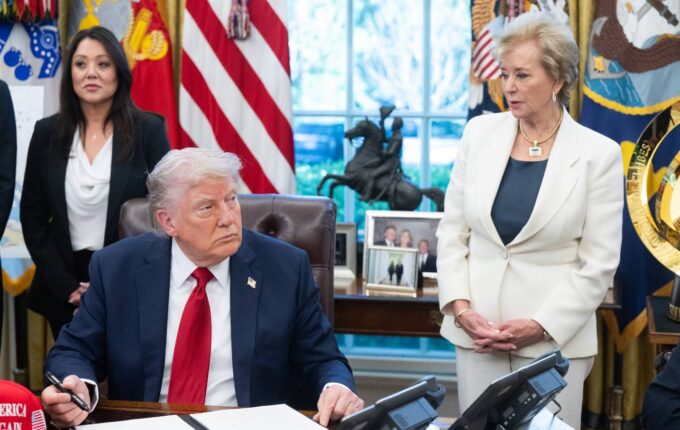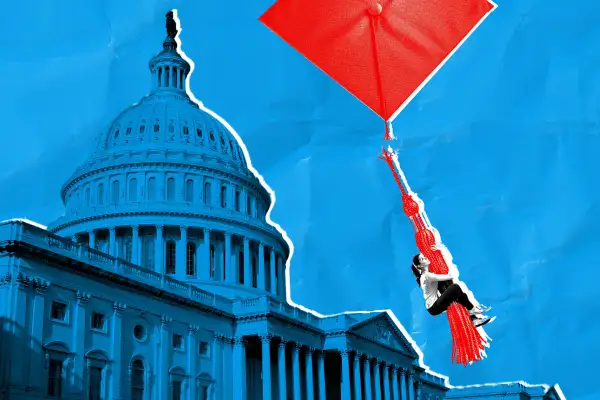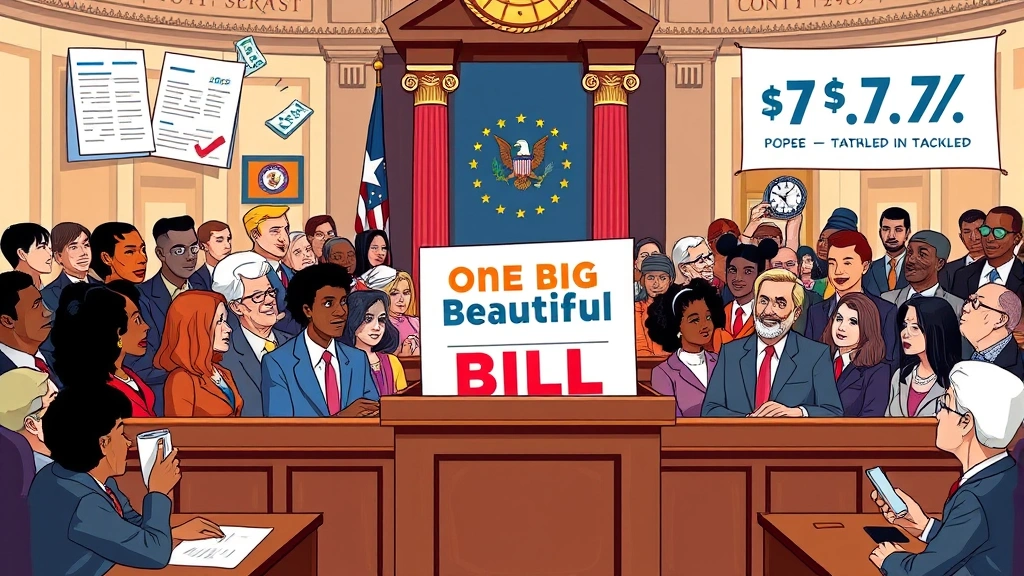The phrase “beautiful bill student loans” often refers to the One Big Beautiful Bill Act (OBBBA) of 2025. This proposed legislation aims to shake up how federal student loans work in the United States. It’s currently being discussed in the Senate, following its passage by the U.S. House in mid-2025. This bill is a significant development, aiming to address the substantial $1.7 trillion student debt issue in the United States.
Understanding the Beautiful Bill Student Loans (OBBBA) 2025
The OBBBA is designed to simplify and streamline the federal student loan system. It seeks to bring significant changes to how students borrow money and how they repay it. This could impact millions of Americans.
What are the Key Changes Proposed by OBBBA?
You’ll find that the OBBBA proposes some pretty dramatic shifts. These changes touch on everything from the types of loans available to how you repay them. It’s all about making the system less confusing, but it also introduces new restrictions.
Elimination and Modification of Loan Programs
One of the biggest changes you’ll notice is the proposed elimination of certain loan programs. This could affect many students and parents.
No More PLUS Loans
If you’re a parent or a graduate student, you might be familiar with PLUS loans. The OBBBA suggests getting rid of these federal loans entirely. This means you’ll need to explore other financing options for higher education.
Overhaul of Income-Driven Repayment (IDR) Plans
Currently, there are many different income-driven repayment plans, like Income-Contingent Repayment (ICR). The OBBBA plans to scrap all of these existing plans. Instead, it would introduce a single, new IDR plan. This new plan would have different terms for repayment, so you’ll want to understand how it works.
New Repayment Options and Borrowing Caps
The bill also aims to simplify your repayment choices and put limits on how much you can borrow. This could make managing your debt clearer, but also more restrictive.
Fewer Repayment Choices
Under the OBBBA, you would only have two main repayment options. You could choose the standard repayment plan, or you could opt for the new single IDR plan. The new IDR plan would base your payments on a percentage of your discretionary income. The repayment term would depend on your loan balance when you enroll.
Annual Loan Borrowing Limits
The OBBBA would put a firm cap on how much federal student loan money you can borrow each year. This limit would be $20,500 per year. This cap would also apply to students in professional and graduate schools, including law schools. This could mean you’ll need to find alternative ways to cover tuition if your program costs more.
Changes to Pell Grant Eligibility
Pell Grants are a crucial source of financial aid for many students. The OBBBA proposes changes that could affect who qualifies for these grants.
Full-Time Enrollment Requirement
Right now, you can get a Pell Grant if you’re enrolled at least half-time. The OBBBA would change this, requiring you to be enrolled full-time to qualify. This could be a significant hurdle for low-income students who attend part-time because they’re balancing school with work or family responsibilities.
How Will OBBBA Impact Borrowers?
The proposed changes in the OBBBA could have different impacts depending on your current loan situation and future educational plans. It’s worth looking at how it might affect you.
Borrowers with Large Balances

If you’re one of the many Americans with a six-figure student loan balance, this bill could hit you particularly hard. Your repayment options would be significantly reduced. Plus, future borrowing limits might restrict your ability to get more loans if you plan to continue your education.
Low-Income and Part-Time Students
The shift to requiring full-time enrollment for Pell Grant eligibility is a big concern for low-income and part-time students. Many rely on part-time education because of economic or family obligations. This change could reduce their access to essential financial aid.
Potential Benefits of OBBBA
Despite the restrictions, the OBBBA does aim to offer some benefits. Its goal is to untangle the complex web of the current student loan system.
By simplifying repayment options and capping borrowing, the bill seeks to reduce the “mess” that has developed in the system. Over the past 15 years, numerous overlapping IDR plans have been introduced. The OBBBA hopes to make things clearer and more manageable for you.

The Context and Background of Beautiful Bill Student Loans
To understand the OBBBA, it helps to know a bit about the history of student loans. The government has tried various approaches to help borrowers manage their debt.
Since 2009, several IDR plans have been created to help you manage repayments based on your income. These plans often offered loan forgiveness after 20-25 years. Examples include Income Contingent Repayment (ICR), Income-Based Repayment (IBR), and Pay As You Earn (PAYE). The OBBBA wants to restructure this entire system. It aims to reduce confusion and control the growth of federal student loan debt.
What Do Experts Say About OBBBA?
Experts are weighing in on the potential effects of the OBBBA. Their insights can help you understand the broader implications.
Student Loan Planner highlights that the OBBBA’s changes are “dramatic.” They believe the bill will significantly reshape federal student loans, especially by getting rid of PLUS loans and current IDR plans. ELFI (Earnest) also emphasizes that fewer repayment options and stricter Pell Grant requirements could negatively impact borrowers. This is particularly true for those who rely on income-driven plans or part-time enrollment to afford college. Above the Law points out the bill’s intention to fix the “big ugly $1.7T mess” of student debt. They note that capping borrowing and limiting repayment plans could simplify the system. However, it might also restrict access for some.
Major Changes at a Glance
To give you a clearer picture, here’s a summary of the major changes you might see under the OBBBA:
| Aspect | Current Policy | One Big Beautiful Bill Act (OBBBA) |
|---|---|---|
| Loan Types | PLUS loans available | PLUS loans eliminated |
| Income-Driven Repayment Plans | Multiple IDR plans (ICR, IBR, PAYE) | Only one new IDR plan + standard repayment |
| Pell Grant Eligibility | Half-time enrollment | Full-time enrollment required |
| Annual Loan Borrowing Limit | No hard cap | $20,500 per year cap |
| Forgiveness Terms | 20-25 years under IDR plans | Based on new IDR terms (details evolving) |


